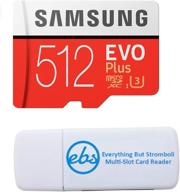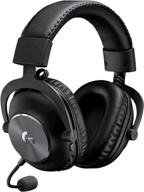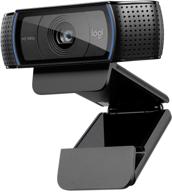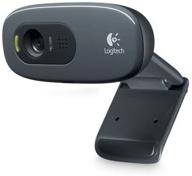
Review on Optimal Shop Digital Adapter Converter by Elder Unogu

About 25 Mbps. There are no installation features.
Just finished testing on multiple devices using a 32GB Exceria Type 2 SDHC1 memory card. Shipping took a while. The SD card I'm using here is surprisingly good, reading at over 90MB/s and writing at 60MB/s from a USB 3.0 device on a fast computer. This is much faster than typical PATA-era hard drives. Will this be the final solution for a cheap PATA SSD? The first test was carried out on a normal PC and via a passive converter from 40 to 44 pins. The maximum transfer rates I've seen here are around 25Mbps with a slightly lower write speed. A typical spinning 12V hard drive is faster at 33Mbps. The BIOS on this machine gave me no opportunity to experiment. The second test was conducted on a laptop on which I was able to freely play in UDMA mode. I had to cut the 20th pin to make it work. This pin is typically absent from newer PATA devices and was removed from the 40-pin converter in a previous test. The best way to do this is to use angle scissors, cut from the side of the panel, and then pry the pin out of the plastic. My problem with pin 20 wasn't a mechanical installation, it was that the device just didn't work with it. Unfortunately transfer rates over 25 MBit, although I have not seen that on a laptop. The Auto-Detect values set it in UDMA 2 (ATA/33), which has a maximum transfer rate of 33 Mbit/s. Higher DMA modes did not work better. A good standard 5V drive in this laptop recognizes UDMA 5 (ATA/100) but only transmits serial at 22 Mbit/s. surprisingly slower than this Sintechi device! The bottom line is that this SD to 44 pin PATA converter works well after removing pin 20. It is the fastest firmware in a PATA device I have ever seen. My complaint is that it doesn't have a plastic case and mounting holes. It's almost impossible to fit this into a side-bay laptop. So I'm wondering what purpose it was made for? Note that the SD card tested here is amazingly fast. A typical cheap flash device writes at less than 5Mbps, making it slow and jittery when used as a system disk. Fast SD cards proudly advertise their write speeds on the packaging.
- High marks for support and durability from testers
- Expensive insurance
New products
Comments (0)
Top products in 🎴 Memory Cards

💽 512GB Samsung Evo Plus Micro SDXC Memory Card

40 Review

Smartphone Xiaomi Mi 8 Lite 6/128 GB, midnight black

70 Review

Kingston microSDXC 64GB Class 10, V10, A1, UHS-I U1, R 100MB/s Memory Card, SD Adapter, 1 pc, Black

45 Review

Smartphone ZTE Blade V10 Vita 2/32 GB, Dual nano SIM, graphite black

50 Review
Another interesting products

Enhance Your Visual Experience with Logitech C260 Webcam

78 Review

Renewed Logitech G PRO X Wireless Lightspeed Gaming Headset with Blue VO!CE Mic Filter for Immersive Gaming Experience

122 Review

💻 Get Amazing Video Quality with Logitech HD Pro Webcam C920 (Discontinued Edition)

83 Review

🎥 Logitech C270 Webcam: Crystal Clear Video and Superior Quality

183 Review

